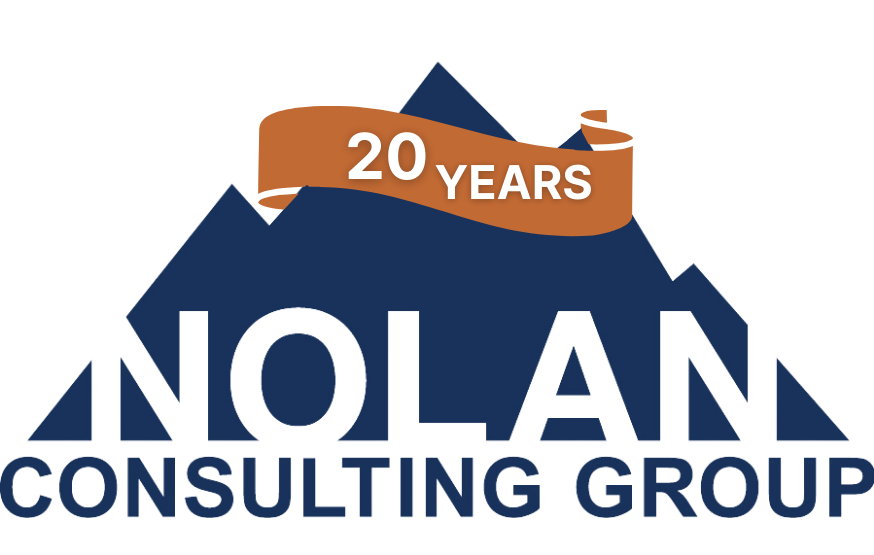The 3 Sources and Uses of Cash
Many times, small business owners are experts at managing their business checking accounts, but sometimes aren’t real clear on whether their business is actually turning a profit. One way of approaching this problem is a basic understanding of the three sources and uses of cash – Operating, Investing, and Financing.
Operating Activities
This includes, very basically, all your business’s day-to-day activities, including receivables, payables, credit cards, lines of the crest, etc. This does not include loan principal payments and purchases of depreciable assets. Generally, this category is a source of cash (provides cash) when you collect on your receivables and show a profit (earn more than you spend). It is a use of cash (depletes cash) when you don’t collect receivables and/or aren’t profitable (spend more than you earn).
Investing Activities
Investing includes all the purchases of depreciable assets (Vehicles, Equipment, etc) that you make. It can also include some of the funds received when those assets are sold. It is a use of cash when you buy an asset, and can provide cash when you sell them. When buying assets you must consider first how you will pay for it. If you pay for it with cash, that cash comes out of Operating Activities (so you’d better be collecting those receivables). If you take out a loan, the money comes from Financing Activities – the next category.
Financing Activities
In a small business, a major source of cash from financing activities is the money received from a long term loan, which is used to buy an asset. If you don’t have enough funds available from Operating Activities, you can finance the purchase and pay the money back over time. One of the main uses of cash in this category, then, includes paying back the principal on those loans. The other is paying distributions, or draws, to owners.
Understanding these 3 categories and how each is either providing or taking cash from your account, will help you make sense of why your checking account is going up or down. Armed with that knowledge, you can make better long term decisions and reach your Summit.
